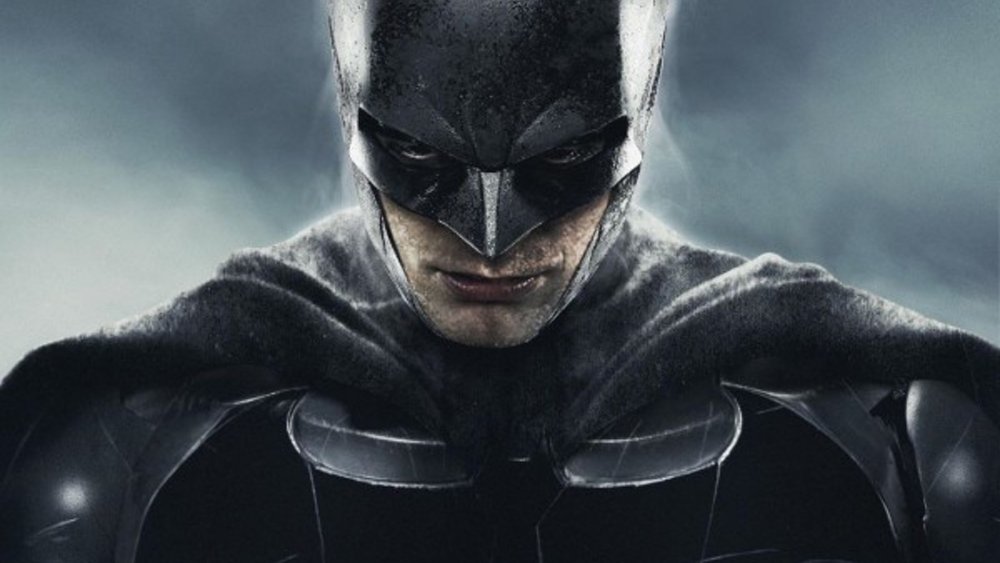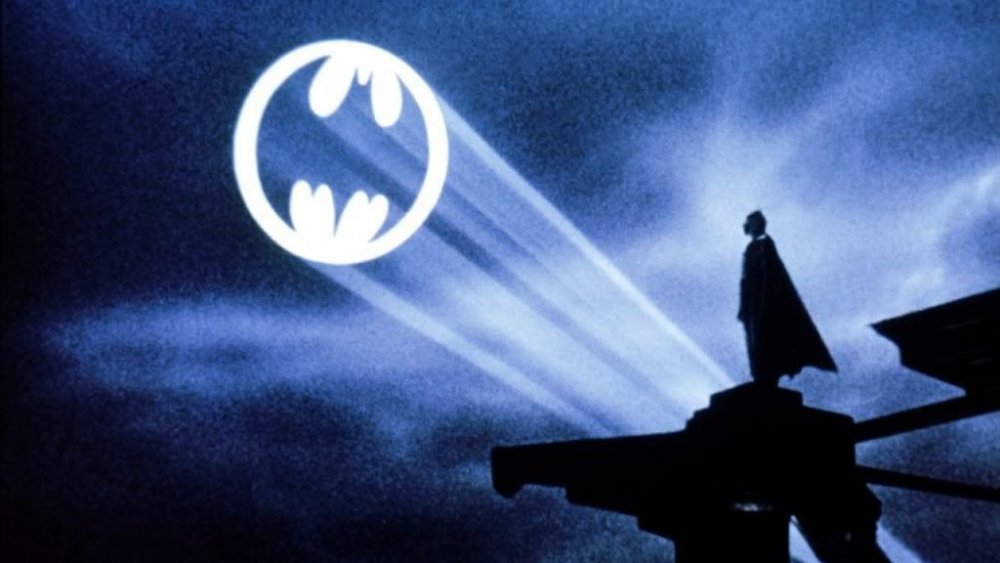New Batman Theory Is Taking The Internet For A Spin
Comics are a media format forever open to personal interpretation and re-interpretation by fans and creators alike, and with a property as old and storied as Batman, we've had nearly a hundred years to think it over, under, backwards and forwards. Our modern era allows the cross-pollination of those individual ideas now more than ever via the internet, and every once in awhile, a well-known aspect of some beloved property will get a reassessment that makes us see it in a whole new light. (We apologize in advance for the stealth pun.)
Of late, Bat-fans have been burning up Reddit with a robust discussion surrounding the iconic usage of the Bat-Signal, and what its purpose is. Even the most casual observer of pop culture can immediately recognize it when it's used either in its proper context, or in a more referential, metatextual way, as its image has been borrowed, reworked, and satirized in countless ways over the years.
You can probably see the scenario in your mind's eye right now: Commissioner Gordon, exhausted, ascends to the roof of the Gotham Police Department and hesitantly turns the spotlight on, shining that iconic emblem onto the perpetually overcast skies of the grim city, hoping to gain the Dark Knight's attention. But what if, Reddit surmises, the purpose of the signal is in fact more intended as a warning to the criminal element of Gotham that Batman has already been summoned, rather than a desperate call for help?
Is the theory about the Bat-Signal true?
Well, it may interest you to know that this interpretation of the usage of the Bat-Signal is... pretty much canon, or at least, it's recognized as such by fans. Fan-collated Wikis for the signal do describe it as having the secondary purpose of psychological intimidation against the criminal elements of Gotham. Sure, that's likely only going to be a deterrent for the more common thugs and underlings of the major villains; the Joker, for example, isn't going to care a whole lot if Gordon wants to shine his stupid spotlight into the sky. But nonetheless, sending a message to Gotham's crooks is — and always has been — a purpose of the signal acknowledged by one piece of Batman media or another.
Consider that during the 52 series, released in 2006 (not to be confused with the New 52 hard continuity reset that began in 2011), the Question utilized the Bat-Signal for himself when Batman was out of the country, replacing the bat insignia with a question mark. This obviously served primarily as a warning that, despite Batman not currently being around, someone was still on the job and everybody, friend and foe alike, needed to be aware of it.
One of Gotham's most psychologically manipulative villains has even flipped this use of the Bat-Signal on its head. In the Batman: Dark Victory series, the Riddler hijacks the signal — also changing it to a question mark, but with a small bat replacing the bottom dot. What could be more terrifying to Gotham's citizens than the theft of that they see as the main method for hailing their hero?
For that matter, it should be pointed out that the "Bat-Signal as intimidation tactic" ploy has even been established in one of the most well-known pieces of Batman media ever. Respondents to the original Reddit post pointed out that in the film The Dark Knight, director Christopher Nolan explicitly illustrates the signal's use as a deterrent: once, in a shot where criminals back out of doing their dastardly deeds upon seeing the signal; and again, when Commissioner Gordon turns on the signal and tells a colleague that he does it just to "remind people that he's out there."
That pretty much makes the theory canon for that particular continuity, and just because it's often implied rather than spelled out doesn't necessarily make it any less canon in others. Sure, it might require a minor leap of logic through visual suggestion, rather than someone pointing to the signal and stating aloud all of its purposes like they're reading from a manual, but this doesn't make it any less true.
Besides, any fan would agree that there is no one, gold standard continuity for any character in comics, ever. All that exists is precedent, and similar to the way that precedent is applied in the legal profession, it's not about whether or not any previously established fact is ironclad law, but whether it's reasonable to assume in context. When "continuity" is re-born every decade or so in comics — be it the printed version, film or television adaptations, or even video games that tell their own (often awesome) stories about superheroes — the idea of anything existing as a hard and fast absolute is ridiculous.
For those reasons, we're fans of this theory — and also, we think it's pretty awesome that such a well-worn aspect of a character with an absurdly long history can spur fans to discussion like it has. It seems to us to nicely illustrate one of the reasons why comic books and superhero media are so beloved; even in the oldest of the old, there's always the chance to find something shiny and new.

